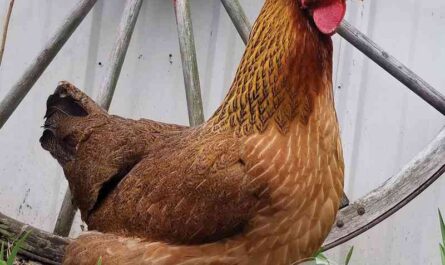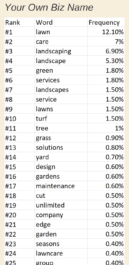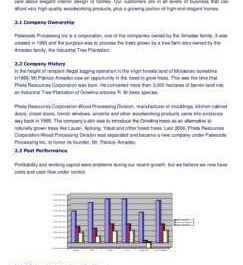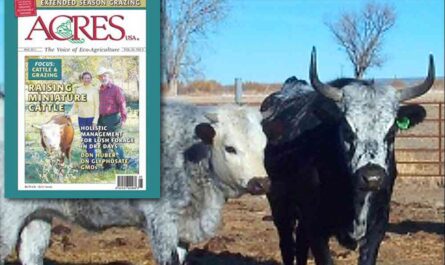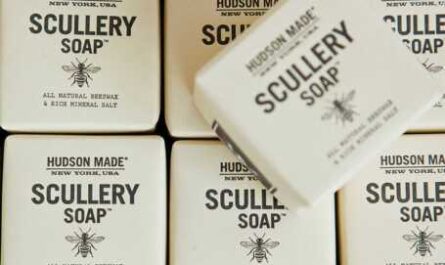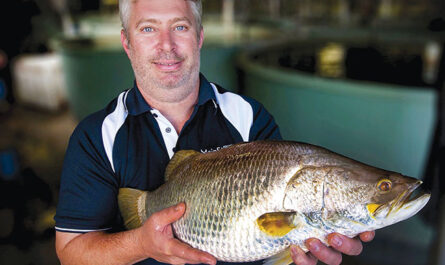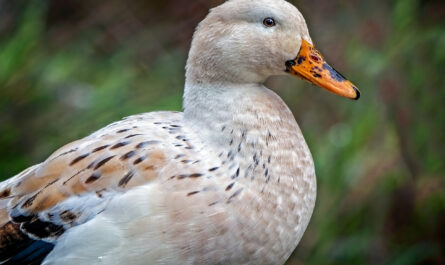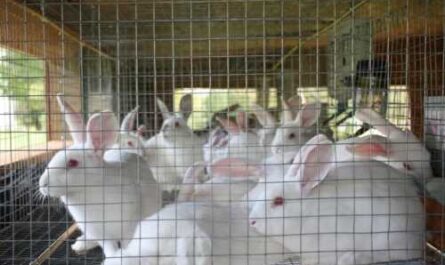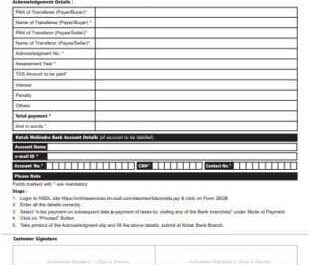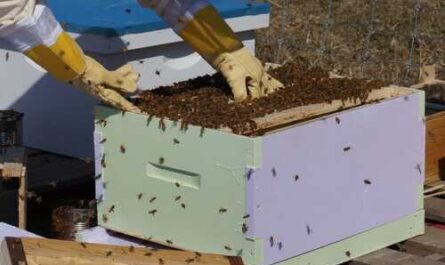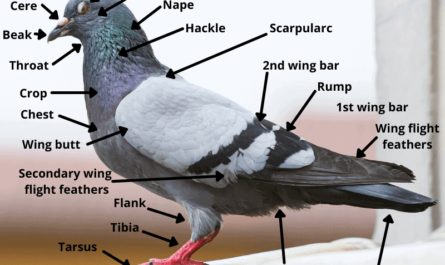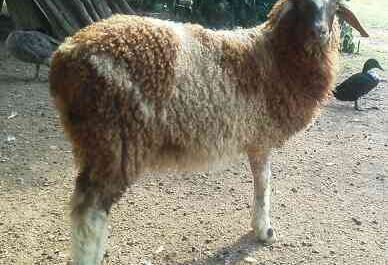The Jacob sheep is a breed of domesticated sheep from the Middle East. The exact origin of this breed is not yet clear, but it is certainly a very old breed.
It probably comes from an ancient breed of Old World sheep. Sheep with spots have been depicted in many cultures throughout history, appearing in Far Eastern, Middle Eastern, and Mediterranean art.
They were documented in England in the 1600s and became widespread in the mid-1700s.
Jacob the sheep is actually a motley, multi-horned (polycerete) animal. It is also known by other names such as many-horned sheep, piebald sheep and spanish sheep.
And the breed is named after the biblical character Jacob. It has become popular in England as an ornamental or “park” sheep. In the early 1900s, this breed was first imported to North America.
And much of today’s population comes from imports over the past 30 years.
Jacob’s sheep was highly valued by owners of small flocks, as well as spinners and weavers.
North American sheep breeders chose the breed primarily for its wool characteristics, and the exterior of the sheep has remained very similar to the historical description.
However, the breed is quite rare today, and the American Livestock Breeds Conservancy has placed the North American population of Jacob’s sheep on its conservation priority list.
But the Rare Breed Survival Trust (RBST) in the UK does not consider sheep apparently at risk, as there are over 3,000 registered breeding sheep.
There are many records for this breed today that focus only on Jacob’s sheep. Two well-known registers: in Association of Jacob Sheep BreedersBUT American Registry of Jacob’s Sheep. However, for more information on this breed, read below.
Features of Jacob Sheep
Jacob the Sheep is a medium-sized, multi-horned piebald sheep with a goat-like appearance. They can have 2 to 6 horns, but more often they have four.
However, the Jacob sheep is not the only breed that can produce polycerate or piebald offspring.
Other breeds of piebald sheep include Finnish and West African dwarf sheep, and other breeds of polycerous sheep include Manx Loagtans, Navajo Churros, Hebrides, and Icelandic sheep.
The general color of the Jacob sheep is black and white. They have a long body, a straight back, and a rump that slopes down to the base of the tail.
Sheep have a small, woolless udder that is held closer to the body than modern breeds of sheep. While rams have short hairless scrotums and hold the testicles closer to the body than other modern breeds.
The head of Jacob’s sheep is thin and triangular. The head is clean of wool in front of the horns and on the cheeks.
The tail of these animals is long and woolly, almost reaching the hock, if not docked. The legs are of medium length, slender, preferably white, with or without colored spots, and the legs below the knees are hairless.
The average live weight of sexually mature, medium-sized Jacob’s ewes ranges from 36 to 54 kg. And the live weight of adult rams ranges from 54 to 82 kg. Photos and information from Wikipedia.
Advantages
Jacob’s sheep are versatile animals. They are generally bred for their meat, wool and skins. But they are also bred as pets or kept for ornamental purposes.
Special Notes
Jacob’s sheep are very hardy and strong animals with a docile temperament. They are versatile animals that are used for a wide variety of purposes. They produce good quality meat and average quality wool.
Their fleece is lightweight and open with 4” to 6” backing lengths. Wool quality has been a major selection factor in the recent history of the Jacob sheep breed, unlike most other medium wool sheep breeds.
Jacob’s sheep are excellent mothers, and only in the spring they bear 1-2 lambs. Lambing is usually given to them very easily. Along with being bred for meat, wool, and hides, the breed is also very good for keeping as a pet or for ornamental purposes.
They were also used as guard animals to protect the farm and property from theft or vandalism, and to protect other farm animals from predators.
Jacob’s sheep are not only very hardy, but also low maintenance. They are strong animals with a high natural resistance to parasites and hoof problems.
But these animals don’t show much herding behavior. They will need shelter from extreme temperatures. Although an open and simple shelter will do them good.
They are excellent foragers and can provide themselves with adequate nutrition with little or no supplementation (even in sub-optimal soil conditions). However, check out the full breed profile of Jacob sheep in the following table.
| Breed name | Jacob |
| another name | Also known by other names such as many-horned sheep, piebald sheep and spanish sheep. |
| Purpose of the breed | Meat, wool, skins, pets, decoration |
| Special Notes | Very hardy and strong animals, docile temperament, versatile animals, suitable for meat production, good for wool, good for hides, good for breeding as pets, suitable for ornamental purposes, good for breeding as guard animals sheep are good mothers and they have little or no problems with lambing, low maintenance animals resistant to parasites and hoof problems can tolerate extreme temperatures |
| Breed size | medium |
| The weight | The weight of rams is 54-82 kg, the body weight of sexually mature sheep is 36-54 kg. |
| horns | Yes |
| climatic tolerance | different climate |
| Color | Black and white image |
| scarcity | general |
| Country/place of origin | Middle East |

